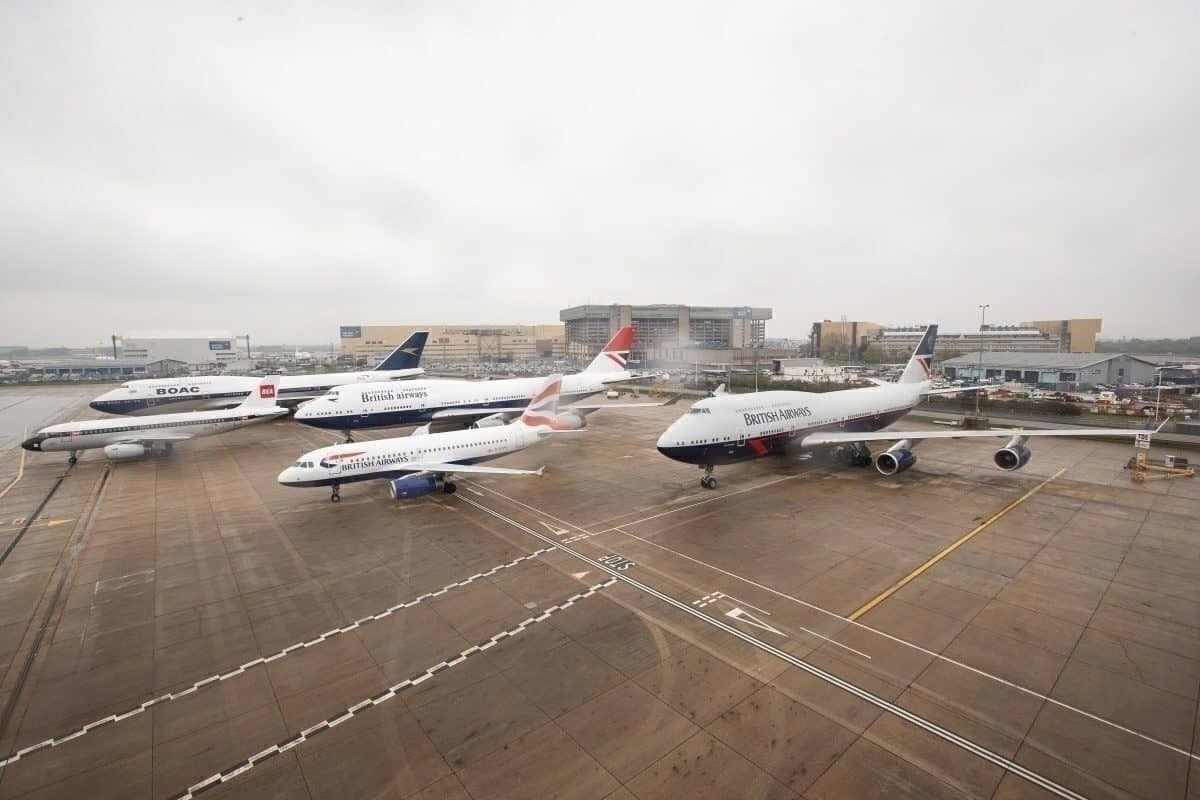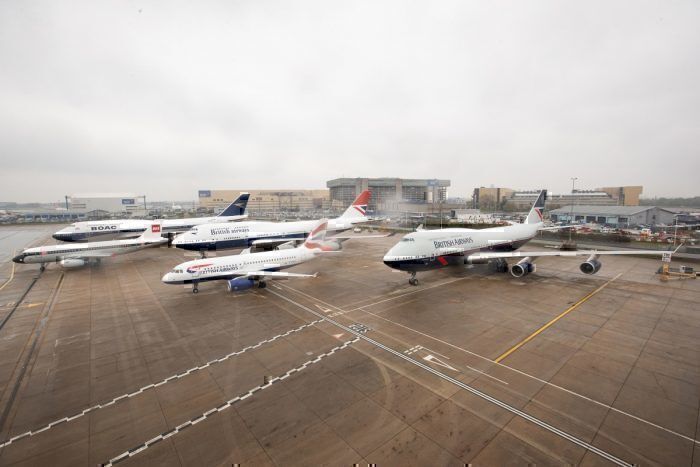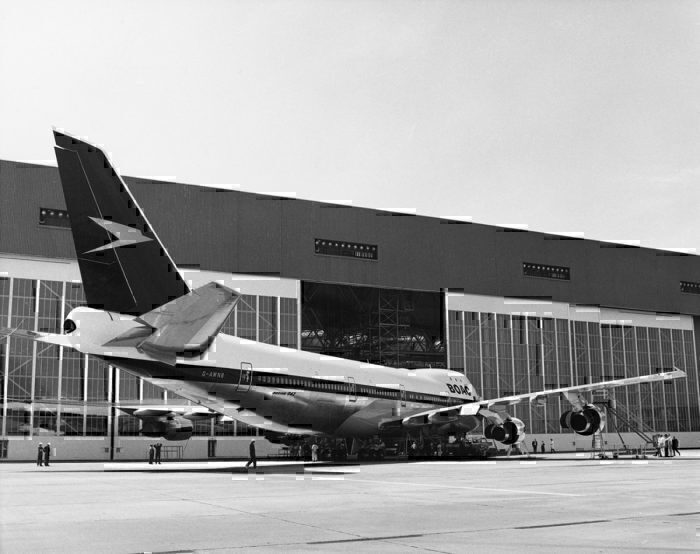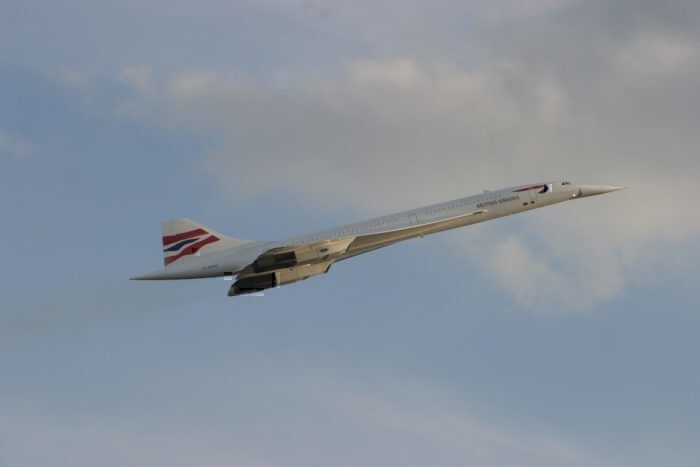Today marks 100 years since the first flight of British Airways predecessor Air Transport & Travel Limited. As a result of numerous mergers and takeovers throughout the following century, the company we now know as British airways emerged. Nowadays' fleet couldn’t be any further from the handful of Airco DH.16s AT&T operated on its inaugural London-Paris service, so we’ll take a look at how it’s changed over the years.
British Airways can be traced back to numerous small airlines, including a separate limited airline by the same name, operating between 1935 and 1939. The modern British Airways was formed in 1974 following the merger of its two most recent constituents, the British Overseas Air Corporation and British European Airways.
British Airways’ past fleet largely consists of aircraft from the two major aircraft manufacturers. Alongside Boeing and Airbus aircraft, BA has also operated types from McDonnell Douglas and Lockheed as well as some now-defunct British manufacturers such as Vickers and Hawker Siddeley.
A look at BOAC and BEA’s fleets reveals a much more diverse list of aircraft from long-forgotten names within the aerospace industry. BOAC entered the modern age of passenger aircraft with the delivery of 15 Boeing 747-136 between 1970 and 1973.
The last of these arrived just one year before BOAC’s merger with BEA. The aircraft were then refitted in the new British Airways Livery before beginning service under the new airline.
British Airways' early fleet
Following the BOAC-BEA merger, British Airways continued to operate a variety of legacy aircraft from its predecessors. In the late 1970s and early 1980s BA added the Boeing 737 to its fleet, followed by the Boeing 757 from 1983 onwards.
The Boeing 737, in particular, proved a hit with British Airways. To this day, even though it has no active units remaining, the 737 remains the most popular type throughout the history of the BA fleet.
However, arguably the most iconic aircraft to wear the BA livery did not leave such an untarnished legacy. The Concorde program was plagued by financial and technical issues from the beginning.
High ticket prices were necessary to keep the service afloat. But, following the crash of Air France Flight 4590 in 2000, interest in the already exclusive Concorde dropped even further. It was eventually retired in 2003 but remains a much-loved part of British Airways' history.
Modern-day fleet
Fast forward to the present day and the BA fleet is comprised solely of Boeing and Airbus aircraft. British Airways is currently the largest remaining operator of passenger Boeing 747s in the world, with 33 aircraft in service.
However, the airline has announced a schedule for their retirement, which should be fully completed by 2024.
The Airbus A320-200 currently makes up the largest component of the BA fleet. But following the Paris Airshow, BA’s parent company IAG announced its intentions to buy up to 200 Boeing 737 MAX.
Whilst these aircraft could go to any of IAG’s subsidiaries, which include Iberia, Aer Lingus and Vueling, British Airways would likely receive a significant portion of the 200.
Given the current situation regarding the 737 MAX, it’s unlikely it would ever enter the BA hall of fame alongside the 747 and Concorde, should it become part of the BA fleet.




